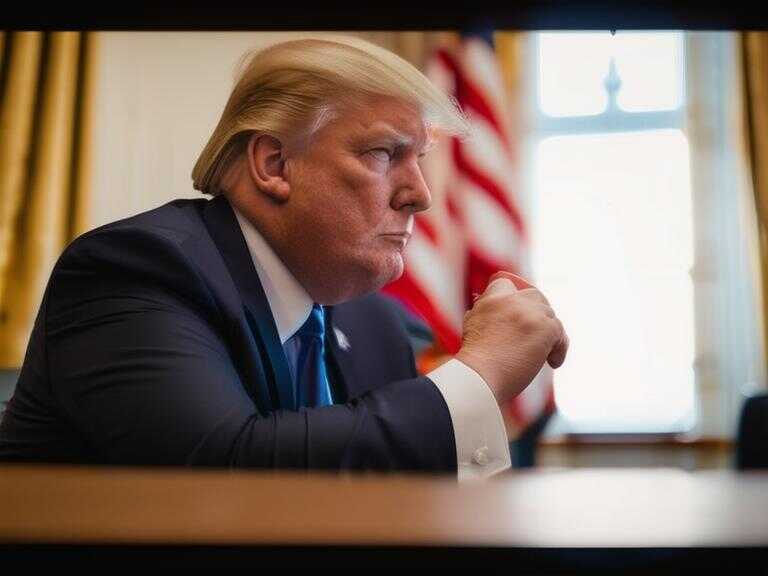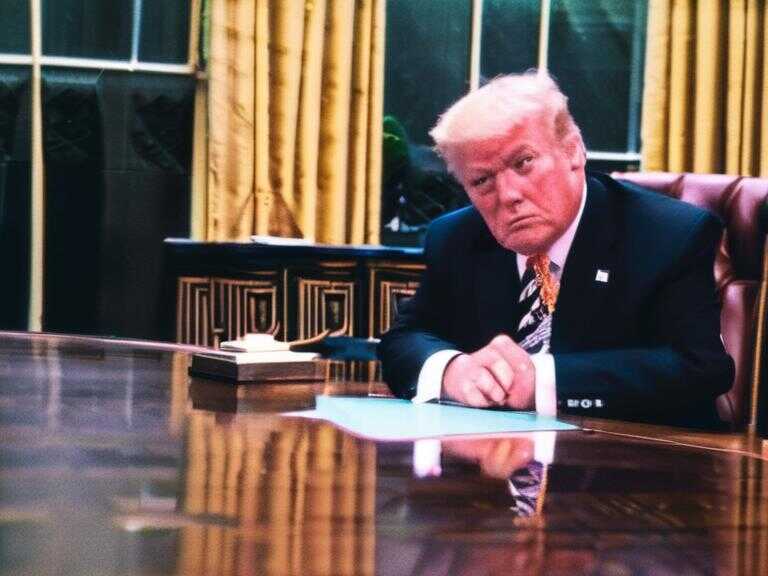
China Quietly Eases Tariffs on US Goods Amid Trade War Tensions
Despite imposing tariffs, the US is experiencing some relief as China quietly rolls back tariffs on select US products.

The global economic landscape is in constant flux, with international trade relations often taking center stage. Recent developments in the ongoing trade war between the United States and China have sparked both apprehension and cautious optimism among analysts and businesses worldwide. While tensions remain high, there are signs that both sides are exploring avenues to mitigate the negative economic impact of the protracted dispute.
One notable development is China's recent decision to ease some tariffs on US imports. This move comes as a surprise to many observers who had expected Beijing to maintain a firm stance in the face of American pressure. Reports indicate that China has quietly rolled back tariffs on certain US semiconductor products, pharmaceuticals, and even ethane, a key component in the production of plastics and other materials. This suggests that despite the public rhetoric, there is a willingness on the part of Chinese authorities to find common ground and reduce the strain on businesses operating in both countries.
Tariffs by China
The easing of tariffs by China can be interpreted as a strategic maneuver aimed at achieving several objectives simultaneously. First and foremost, it allows Beijing to alleviate some of the pressure on its domestic tech sector, which has been heavily impacted by the US sanctions. By reducing import duties on semiconductors, China aims to stabilize the supply chain and prevent further disruption to its rapidly growing technology industry.
Secondly, the tariff reductions could signal a desire on the part of Chinese leaders to demonstrate flexibility and a willingness to engage in constructive dialogue with the US administration. This comes at a time when relations between the two countries are particularly fraught, with ongoing disputes over trade, intellectual property, and security issues. By taking steps to ease tensions, China may be hoping to create a more conducive environment for future negotiations.
However, it is important to note that the easing of tariffs does not necessarily represent a complete thaw in the trade war. The US administration has yet to reciprocate with significant concessions, and the underlying structural issues that have fueled the conflict remain unresolved. Furthermore, there are concerns that China's move could be seen as a tactical maneuver aimed at gaining time and exploiting weaknesses in the US economy.
Share news















